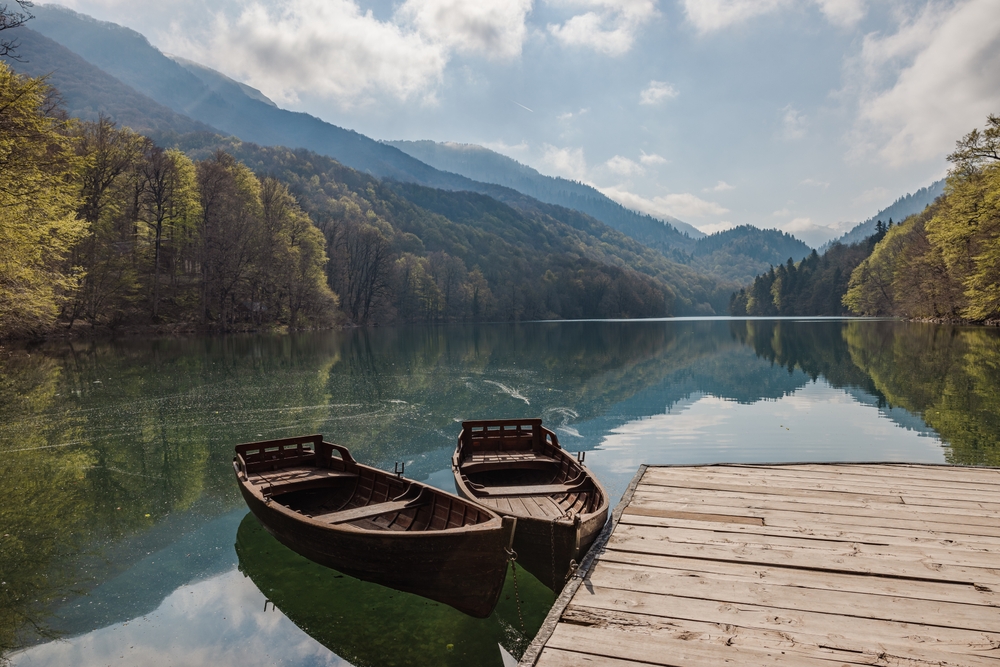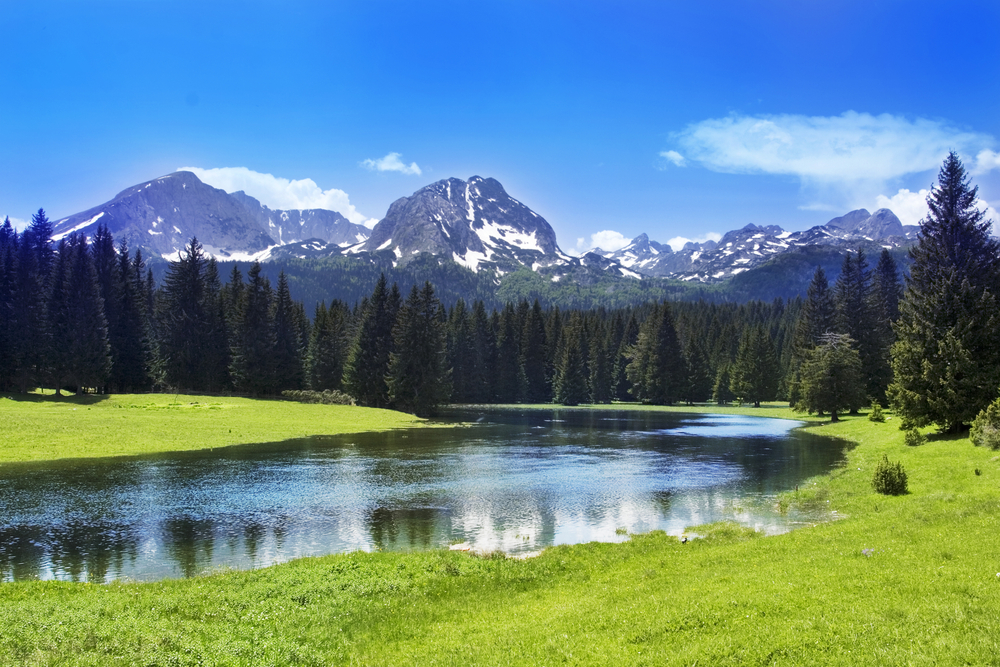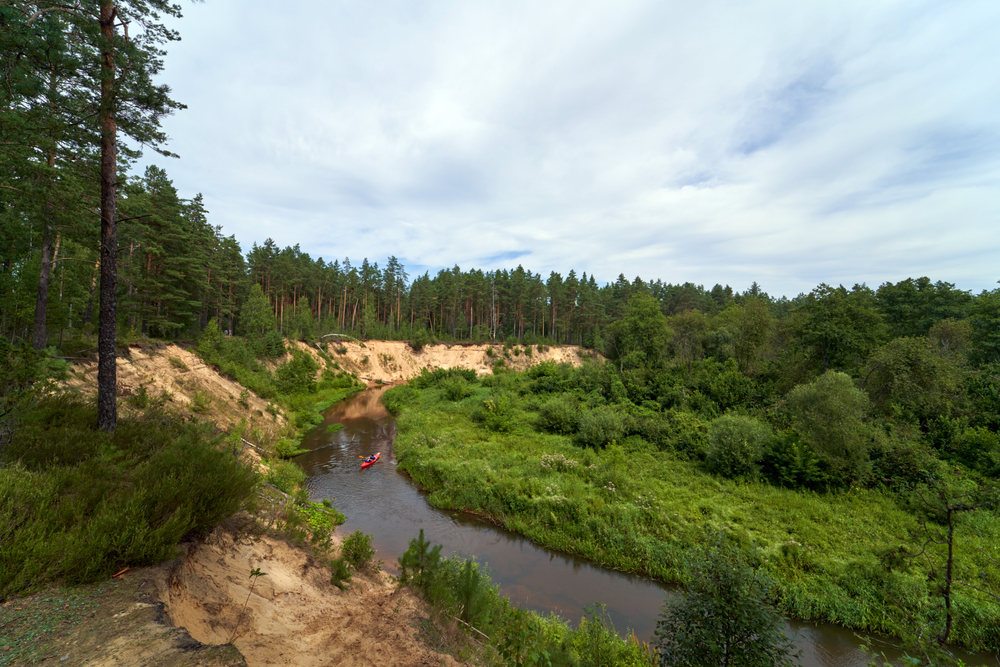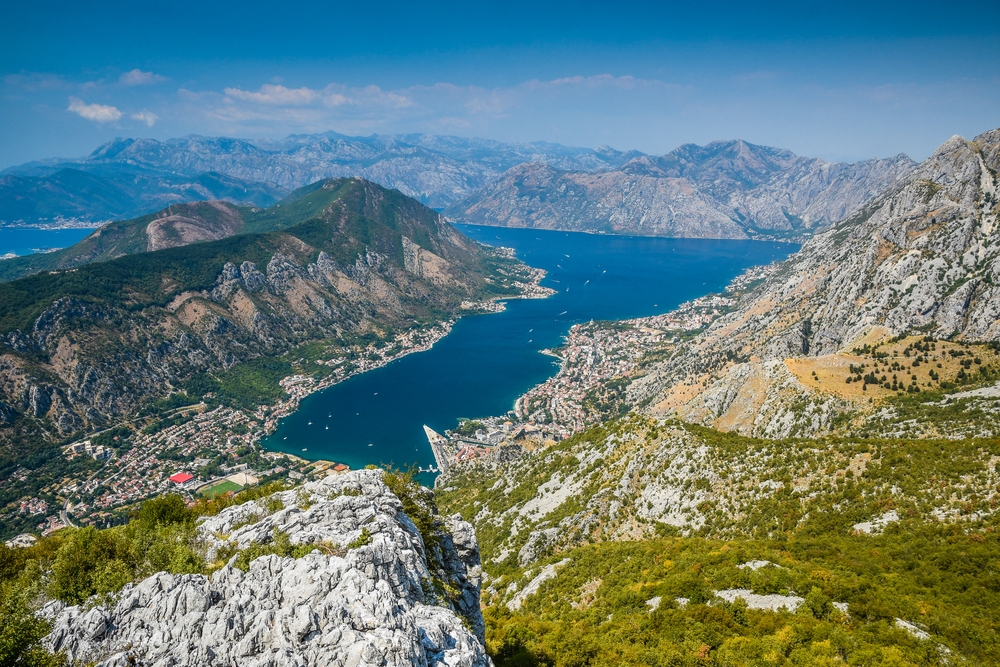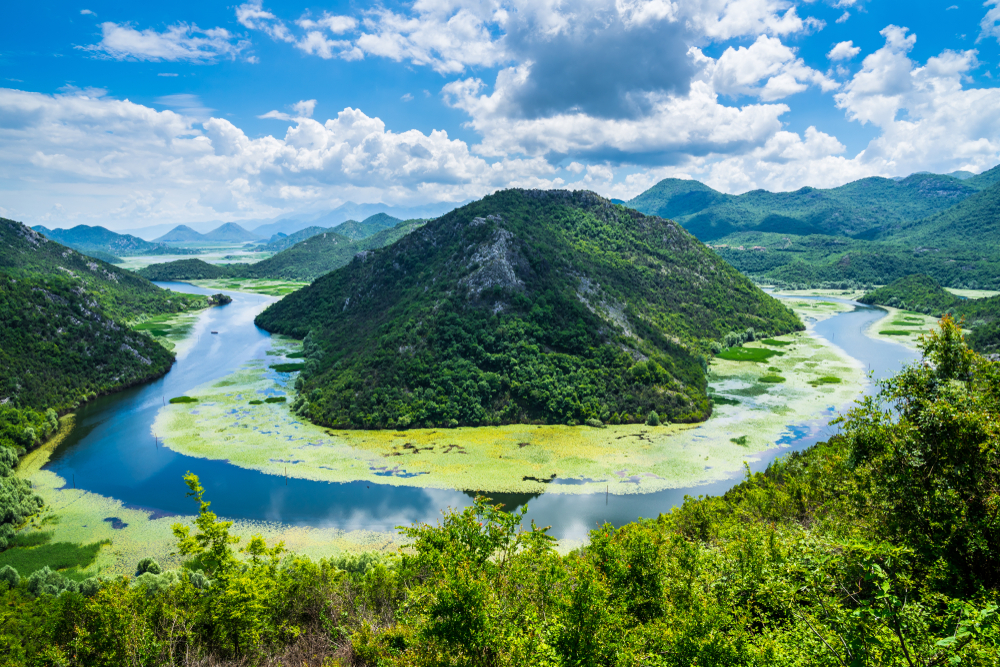Montenegro, though small in size, is home to five officially designated national parks, showcasing an incredible variety of landscapes and ecosystems. From dramatic mountain ranges and ancient forests to pristine lakes and deep canyons, these national parks reflect Montenegro’s natural beauty and ecological diversity. These protected areas cover nearly 10% of the country’s territory, preserving habitats for numerous species and offering unforgettable experiences for nature lovers and adventurers alike.
One of the most renowned national parks is Durmitor National Park, a UNESCO World Heritage Site located in the north of Montenegro. It features the awe-inspiring Tara River Canyon, the second deepest canyon in the world, surrounded by towering peaks and dense pine forests. The park is a haven for outdoor enthusiasts, offering activities such as hiking, rafting, and skiing. Its diverse ecosystems support wildlife such as bears, wolves, and golden eagles, making it an essential conservation area.
Skadar Lake National Park, shared with Albania, is a biodiversity hotspot and one of the largest bird reserves in Europe. The park is centered around Lake Skadar, the largest freshwater lake in the Balkans, and is home to over 280 bird species, including the rare Dalmatian pelican. Visitors can explore the lake’s picturesque shores, traditional fishing villages, and historic monasteries, all while enjoying its serene beauty.
Biogradska Gora National Park, in central Montenegro, protects one of Europe’s last remaining primeval forests. The park is a living museum of ancient ecosystems, with trees that are centuries old and a rich variety of plant and animal life. Biogradsko Lake, a stunning glacial lake surrounded by towering mountains, is a centerpiece of the park and a popular destination for hiking and picnicking.
Lovćen National Park, located near the Adriatic coast, is both a natural and cultural treasure. Its rocky terrain and panoramic views make it a favorite for hikers, while the park’s cultural significance is highlighted by the Njegoš Mausoleum, a revered landmark perched atop Mount Lovćen. The park’s unique blend of natural beauty and Montenegrin history attracts visitors year-round.
Lastly, Prokletije National Park, known as the “Accursed Mountains,” lies in the southeastern part of the country. This park is characterized by its rugged peaks, deep valleys, and glacial lakes. It is a paradise for mountaineers and adventure seekers, offering challenging trails and breathtaking vistas. The park is also crucial for biodiversity, protecting rare species such as lynxes and chamois.
Montenegro’s national parks face challenges such as deforestation, tourism pressure, and climate change. However, the country has made significant strides in conservation, promoting sustainable tourism and protecting these precious landscapes for future generations.










































































